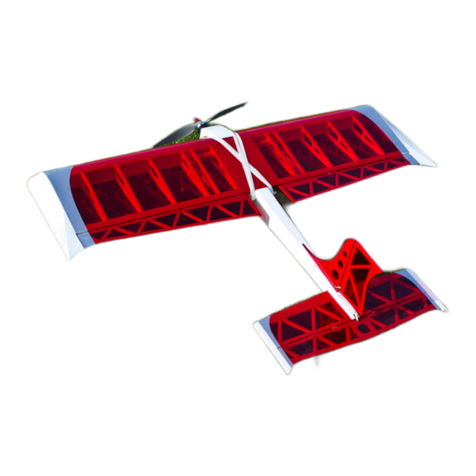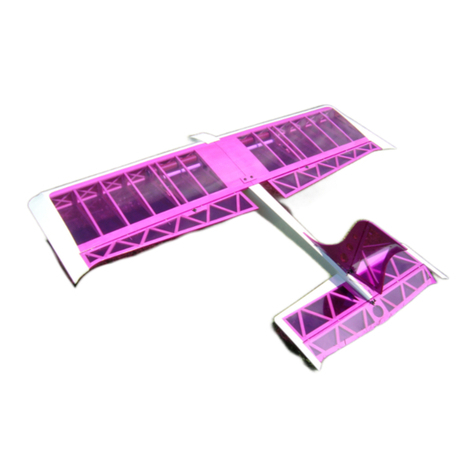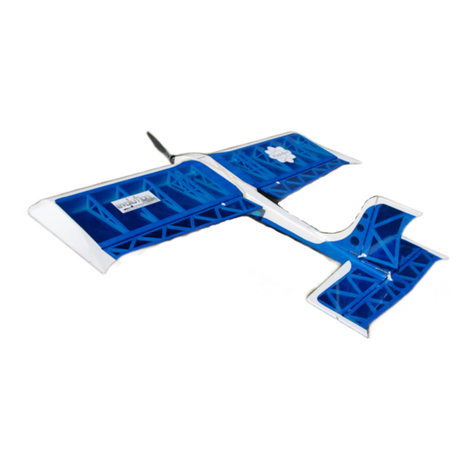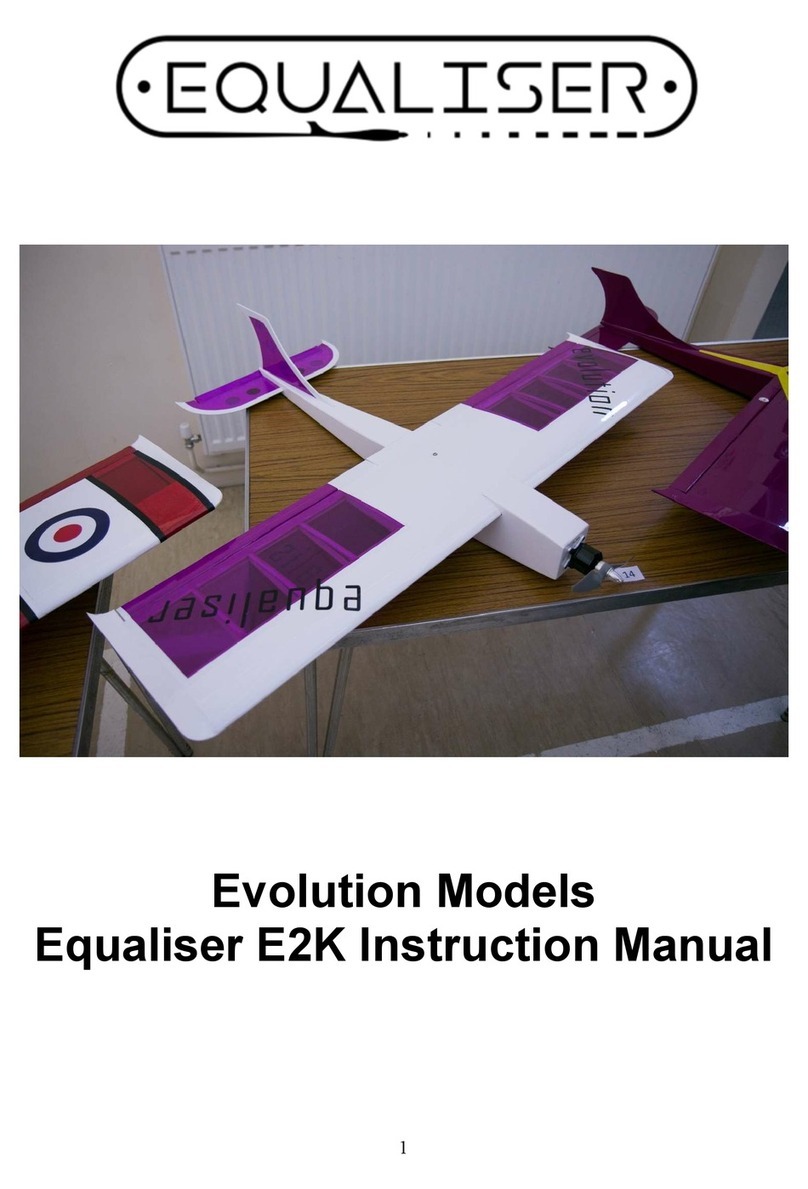1
Introduction
The Enigma is a lightweight highly manoeuvrable model designed for the sport flyer or aerobatic pilot. The
airframe is strong and robust, but lightweight enough to perform any manoeuvre you desire with precision
and ease. We know you will not be disappointed with the performance of the Enigma and we also hope that
we have also designed a model that is simple and satisfying to construct.
If you wish to give us any feed back please do so at support@evolution-models.com
We hope you enjoy the Enigma as much as we have here at Evolution Models.
Building Recommendations
Check all parts from the box to ensure that they are present; if not then please contact us at the e-mail
address at the back of the instructions. We do, from time to time, make mistakes!!
Ensure that you use a completely flat base on which to build the model, this should be large enough the build
the wing 50” (1270mm) x 16” (400mm) as a minimum.
Read through the instructions before starting to build, understand each step before applying glue. Take your
time building the model, building a straight and strong model will ensure it will fly well! We know the
instruction booklet is large, but it is mainly pictures and illustrations to provide clear concise construction
steps.
The glue detailed in the instructions is for guidance only; this is what we used for the prototypes. It is at the
builder discretion which glue is used, but ensure that it is suitable for the intended purpose. Always read the
application instructions to ensure you achieve a strong joint. Depron is a foam material, standard Cyano will
attack and melt it, always use foam safe glue. Aliphatic Wood Glue is recommended if the joint may require
sanding. Aliphatic white wood glue sands at the same rate as the balsa and therefore will not leave any glue
lines.
Once you have removed the laser cut part from their sheets keep the remaining sheets, some of this will be
used throughout the build process.
Balsa is a hardwood and therefore a mask should always be worn when any sanding is required.
Make sure the mask provides suitable protection from hardwood or airborne dusts. We also suggest
you sand outside in free air away from anyone else.
This radio controlled model is not a toy. It can cause serious injury to the operator, public and property if
misused or abused. Ensure that you carefully read all the instructions supplied with this kit and instructions
provided with the engine and radio control system or any other components purchased separately. Also
make sure that any parts bought separately are suitable for their application.
This kit contains small and potentially sharp parts, keep away from children.































